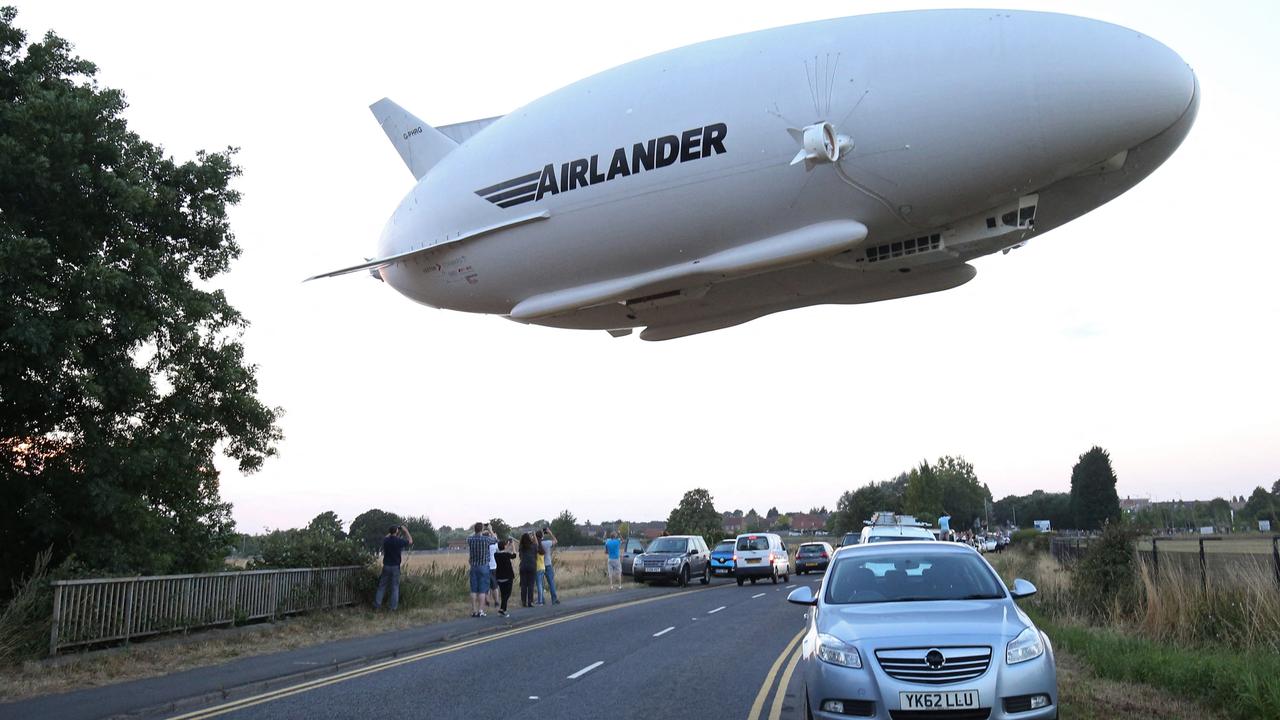Sea Tomahawk to counter threat of Chinese expansion
One of America’s most successful, combat-proven weapons has been modified in answer to the rapid expansion of China’s navy.
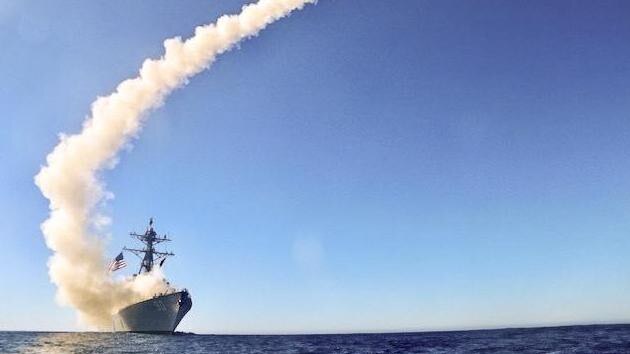
The Tomahawk cruise missile, one of America’s most successful and combat-proven weapons, has been modified to take on an anti-shipping role to help counter the threat posed by the rapid expansion of China’s navy.
A new version of the missile, known as the Tomahawk Block V, is being fitted with a maritime target-seeking system to track and hit enemy warships from more than 1600km away.
The Tomahawk, previously a land-attack weapon fired from surface ships and submarines, can hit a warship steaming at 20-30 knots. It is viewed as a crucial part of the Pentagon’s strategy to build sufficient size and firepower to deter China from pursuing military domination in the Indo-Pacific region.
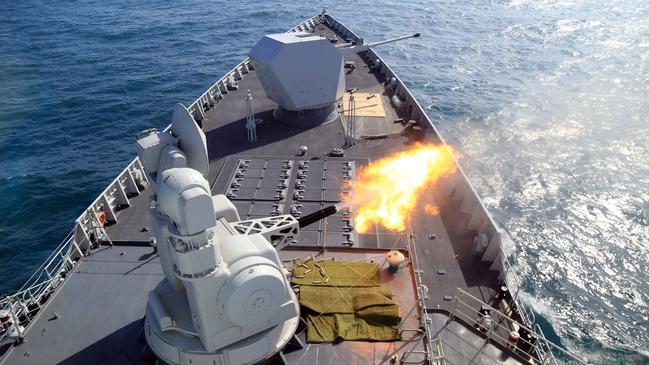
The Tomahawk Block V, a subsonic missile with a maximum speed of about 880km/h, has upgraded electronics and navigation to help evade enemy antimissile radar. The warhead will be modified to help penetrate warship armour and its range extended to 2400km.
Strike ranges of anti-ship missiles will become increasingly important as the US focuses more of its naval firepower in the Pacific and China builds an array of long-range land-based ballistic missiles. They include Beijing’s DF-21D “carrier-killer”, which has a range of about 2100km and is part of China’s strategy to deny access to the region by US carrier strike groups if a conflict were to break out.
A main concern is China’s pledge to reunite the self-governing island of Taiwan, by force if necessary. The defence ministers of Japan and the US agreed last week to co-operate in the event of war over the territory.
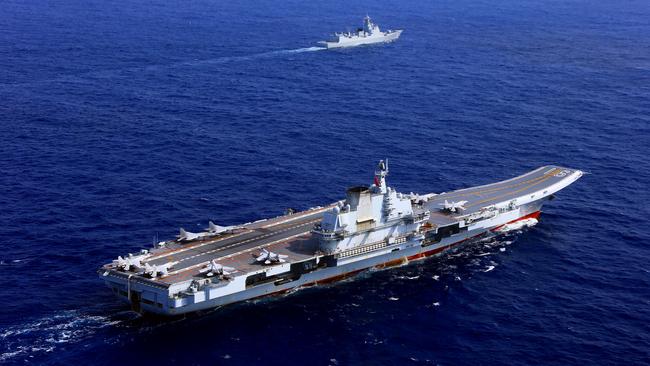
Japanese defence chiefs are said to have been discussing offering rear-area support to US forces engaged in repelling, or reversing, a Chinese invasion. More than 40,000 US troops are stationed in Japan under a long-standing alliance but Japan’s constitution allows it to act only in self-defence.
China has been increasingly assertive in the South China Sea in recent years in areas disputed by other countries.
The Philippine government on Sunday urged China to withdraw more than 220 fishing vessels that it believes are crewed by militias around Whitsun Reef, which is claimed by both countries.
China has reclaimed, occupied and fortified several such reefs in recent years. Manila calls it the Julian Felipe Reef, and said the Chinese vessels had begun arriving in the area on March 7.
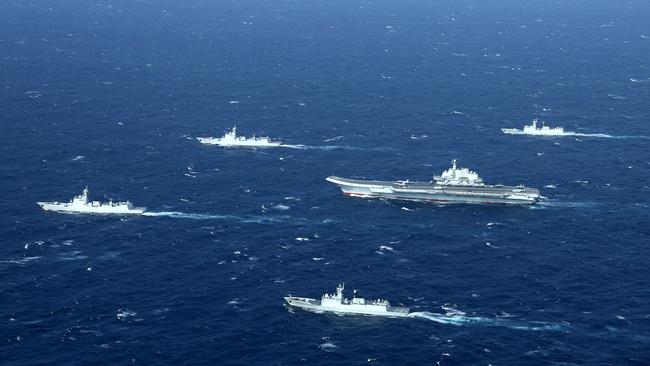
“We call on the Chinese to stop this incursion and immediately recall these boats violating our maritime rights and encroaching into our sovereign territory,” said Philippines Defence Minister Delfin Lorenzana.
The military had submitted its findings to other government agencies, and they would be used as a basis for “appropriate actions not limited to filing diplomatic protests”, he said in a statement, without elaborating.
“The (Armed Forces of the Philippines) will not renege from our commitment to protect and defend our maritime interest within the bounds of the law,” a spokesman said.
An international tribunal invalidated China’s claim to 90 per cent of the South China Sea in 2016, but Beijing does not recognise the ruling. China has built airstrips on some atolls and equipped them with fighter jets and missiles. Taiwan, Malaysia, Vietnam, The Philippines and Brunei all claim parts of the sea.
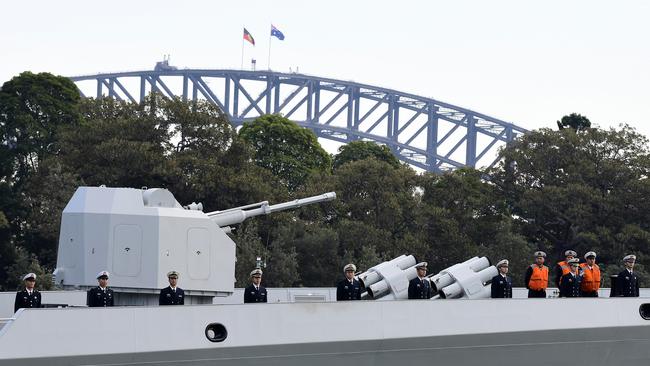
The Tomahawk, designed in the 1970s has been the US weapon of choice in numerous wars and retaliatory attacks.
It has been used in combat more than 2300 times, most recently in 2018 when US warships and submarines launched 66 Tomahawks at Syrian chemical weapon facilities.
Over the past 30 years every US president has turned to the Tomahawk not only to destroy designated targets but to send a message to adversaries that the US can deliver a precision-guided missile at least 1600km and to an accuracy of a about a metre.
The US has shared the Tomahawk with only one other nation. Royal Navy submarines have been fitted with Tomahawks since the late 1990s. The UK has the Block IV land-attack model, which the Royal Navy says has a range “well in excess” of 1600km.
THE TIMES





